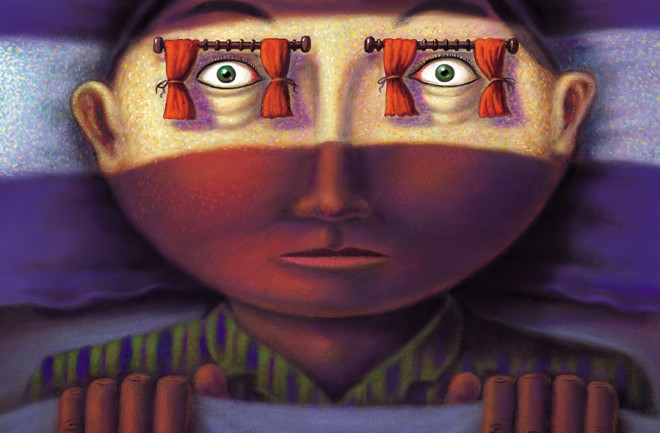At 4:31 a.m. on Jan. 17, 1994, residents of Los Angeles were jolted awake by a 6.7-magnitude earthquake that killed more than 60 people, crumpled buildings and freeways, swallowed automobiles, ignited fires and caused a blackout. That last effect, plunging the city into darkness, prompted dozens of residents to call the city’s Griffith Observatory because of something weird they saw in the night sky: the Milky Way.
“The lights of Los Angeles were out,” recalls E.C. Krupp, the longtime director of the observatory, “so the night sky was dark for a change. People were puzzled and wondered if there was a connection between the earthquake and the strange sky. We figured out they just weren’t used to seeing so many stars.”
A global atlas of the night sky, published in June, found that 80 percent of humanity now lives under light-polluted skies. That even takes into account inky-dark countries like Chad, the Central African Republic and Madagascar. Fully one-third of us cannot see the Milky Way. In the United States, unless you are among the 19.3 percent of residents who live in a rural area, you probably know how those folks in Los Angeles felt.
But light at night — whether the orange glow of streetlights, the yellow glow of home lighting or the blue glare of television sets or smartphones — is more than a problem of aesthetics and stargazing. According to a large and growing volume of published studies, the artificial lighting at night that’s synonymous with modern civilization carries with it a dark side: increased risks of obesity, Type 2 diabetes, breast cancer, prostate cancer, depression and, perhaps most obviously, sleep loss.







